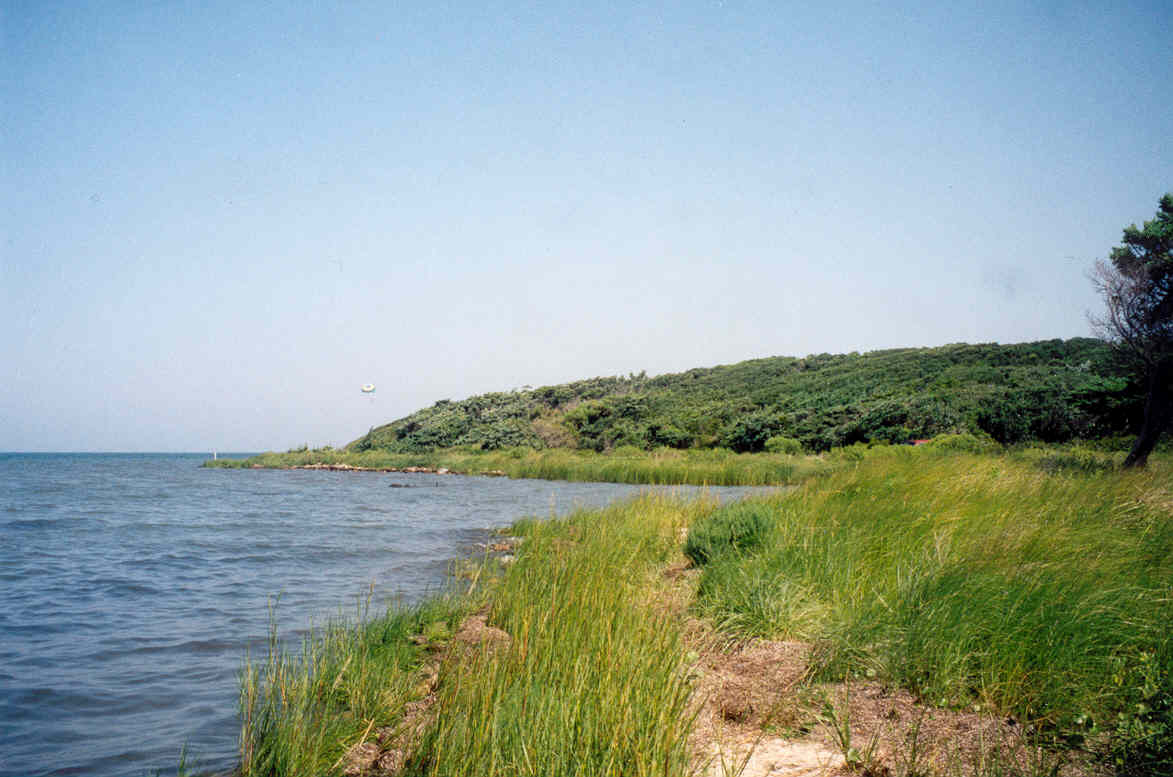
Second in a series of columns on the origins of North Carolina’s natural heritage program and the statewide network of private land trusts conservancies. Read Part 1.
North Carolina’s network of private, nonprofit land conservation organizations, known as land trusts or conservancies, has collectively protected nearly half-a-million acres in hundreds of locations across the state.
Supporter Spotlight
These land trusts are essential partners with public agencies dedicated to natural resource conservation and environmental protection. Fifteen of these local land trusts are operated by professional staff and each have annual operating budgets of hundreds of thousands of dollars.

Many North Carolinians are members and financial supporters of their local land trusts, which in combination have a presence throughout the state. Many of the natural areas that have been protected by land conservation trusts are accessible and popular for public visits and enjoyment.
Additionally, land trusts have arranged conservation easement management agreements with hundreds of landowners across the state. Those easement agreements permanently assure those properties will not be intensively developed in the future and the natural resources will be carefully managed and stewarded.
Few are aware that most land trusts in North Carolina are less than 30 years old. Most were established in the short time period between 1983 to 1995.
By the early 1980s, the state’s young North Carolina Natural Heritage Program had identified and documented hundreds of natural areas as refuges of some of the state’s most imperiled biodiversity and ecological treasures.
Supporter Spotlight
The Nature Conservancy, having established its operations in North Carolina, pledged to focus its efforts on protecting a few dozen natural areas possessing ecological attributes of national or international significance. But as a conservationist and director of the Natural Heritage Program, I was concerned for the hundreds of other important natural areas and threatened species habitat locations in North Carolina.
Those places might not rank as having national or global ecological uniqueness and importance, but certainly their preservation was crucial to saving the diverse natural heritage assets of our state and our local communities. What would become of them? If not The Nature Conservancy, who else could and would take actions to protect those many other places?
Few local land trust organizations existed in North Carolina before the 1980s.
The local Eno River Preservation Association, formed in 1966 by visionary Margaret Nygard and her allies, focused on establishing a linear state park along that river in Durham and Orange counties.
The Southern Appalachian Highlands Conservancy, formed in 1974 by another visionary Stan Murray with his other Appalachian Trail hiking club friends, originally focused on protecting the magnificent and ecologically-rich Roan Mountain Massif and the visual corridor of its ridgetop Appalachian Trail on the North Carolina-Tennessee state boundary.
Local, community-focused land conservation groups were scattered in a few localities, like those in Highlands, North Carolina, in the high Southern Appalachian Mountains, and also on Figure Eight Island on the Atlantic Coast.
Additionally, there had long been a history of individual visionary conservationists who had championed and organized their friends into supporting groups of advocates for the state to establish a good number of the early state parks in North Carolina such as for Hanging Rock, Pilot Mountain, Morrow Mountain, Jockeys Ridge, the New River and other parks. But while those were stellar conservation success stories, their geographic range was small and not nearly enough for what was desperately needed.
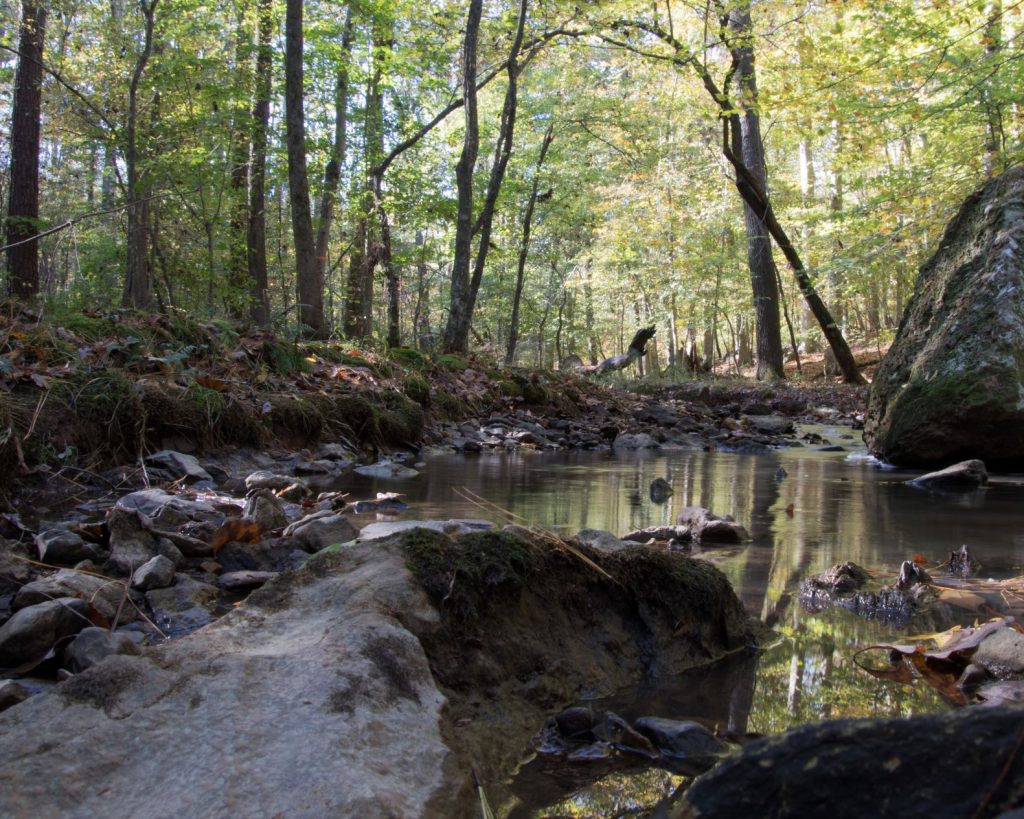
Promoting land trusts
In 1979 I authored a guidebook, “How to Form a Conservation Foundation” i.e., a land trust. At that time, North Carolina prohibited the use of the word Trust in the corporate name of any organization other than for banking and financial management institutions, this restriction was later repealed.
Those guidelines explained the benefits for forming a local or regionally focused land conservation organization, how to qualify for exemptions from federal and state income taxes, and gaining local property tax-exempt status for a public-interest charity, along with step-by-step instructions for formulating and incorporating the entity, template articles of incorporation and bylaws, and a directory to helpful references and resources.
I enrolled myself in 1982 as a charter individual member of the new national Land Trust Exchange, later renamed Land Trust Alliance. That coalition was initially formed as a means of information exchange and promotion for the relatively few local and regional land conservation organizations operating in scattered locations around the country. Most of those concentrated in the New England states, in the more populous Great Lakes coastal region, near affluent resort communities in the Northern Rocky Mountains, and on the Pacific West Coast.
In 1983, I was a member of the task force assembled by the Triangle regional council of (local) governments that designed the Triangle Land Conservancy as a regional land trust. I was inspired to form and incorporate the North Carolina Natural Heritage Foundation, or NHF, in 1984.
I envisioned that NHF could serve as a fiscal agent for the state’s Natural Heritage Program by securing needed private contributions, grants and local government contracts to help finance countywide or regional natural heritage/natural areas inventories and to finance publication of public educational guidebooks. Also, I imagined this foundation could be a vehicle to promote the establishment of other local and regional land conservancies across North Carolina.
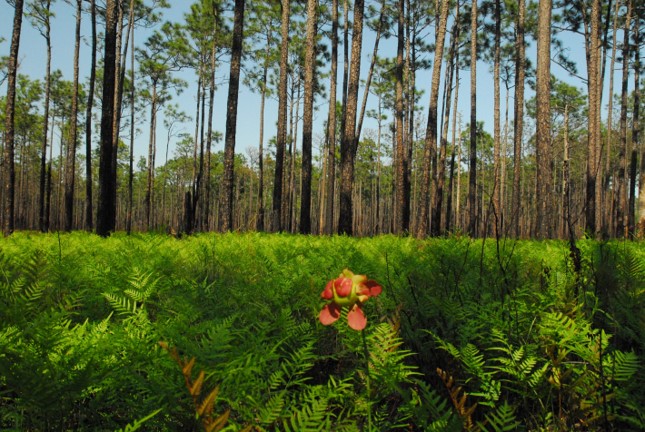
The North Carolina State General Assembly in 1983 enacted legislation making North Carolina the first state in the nation to grant state income tax credits — dollar-for-dollar income tax reduction credits — to private landowners who donated properties or permanent conservation easements on their properties with certified natural resource assets to a qualified public agency or private land conservancy. Over time the maximum amounts of those conservation tax credits were elevated.
This incentive was a valuable means for land trusts to stimulate and induce sympathetic private landowners to willingly accept permanent easements or even to donate their properties for permanent conservation. Regardless of the success of this nationally renowned incentive that helped permanently protect 262,000 acres of North Carolina’s important environmental resources and natural areas — with an estimated foregone development value exceeding $1.6 billion — the North Carolina General Assembly’s controlling majority in 2013 terminated the program.
I authored and the Natural Heritage Program published the first edition in 1987 of the “Land Conservation Options for Natural Heritage Protection” guidebook for owners of natural areas and rural lands. The Natural Heritage Program also produced a revised edition of my original 1976 Conservation Easement guidelines for landowners, which would continue to be revised and republished over the subsequent decades.
In 1987 the state General Assembly established the North Carolina Natural Heritage Trust Fund, administered by a board of trustees appointed by the Governor, Senate President, and Speaker of the House, to award grants to state agencies to purchase natural areas and parklands.
The fund was financed by a substantial share of the State’s excise tax on land property sales and from fees on personalized vehicle license plates and their annual renewal fees. The Natural Heritage Fund provided vital financing, matched by other private funds, that produced land acquisitions and expansion of a robust network of state parks, nature preserves, wildlife management areas, state forests, coastal nature reserves over the near 22 lifespan of this important program.
Reactionary political forces gained control of the State General Assembly, which in the early 2010s terminated the Natural Heritage Fund, killed the State’s national-model Land Conservation Tax Credit program, and substantially reduced funding for the Natural Heritage Program and for most of the rest of the state’s land conservation and environmental protection programs.
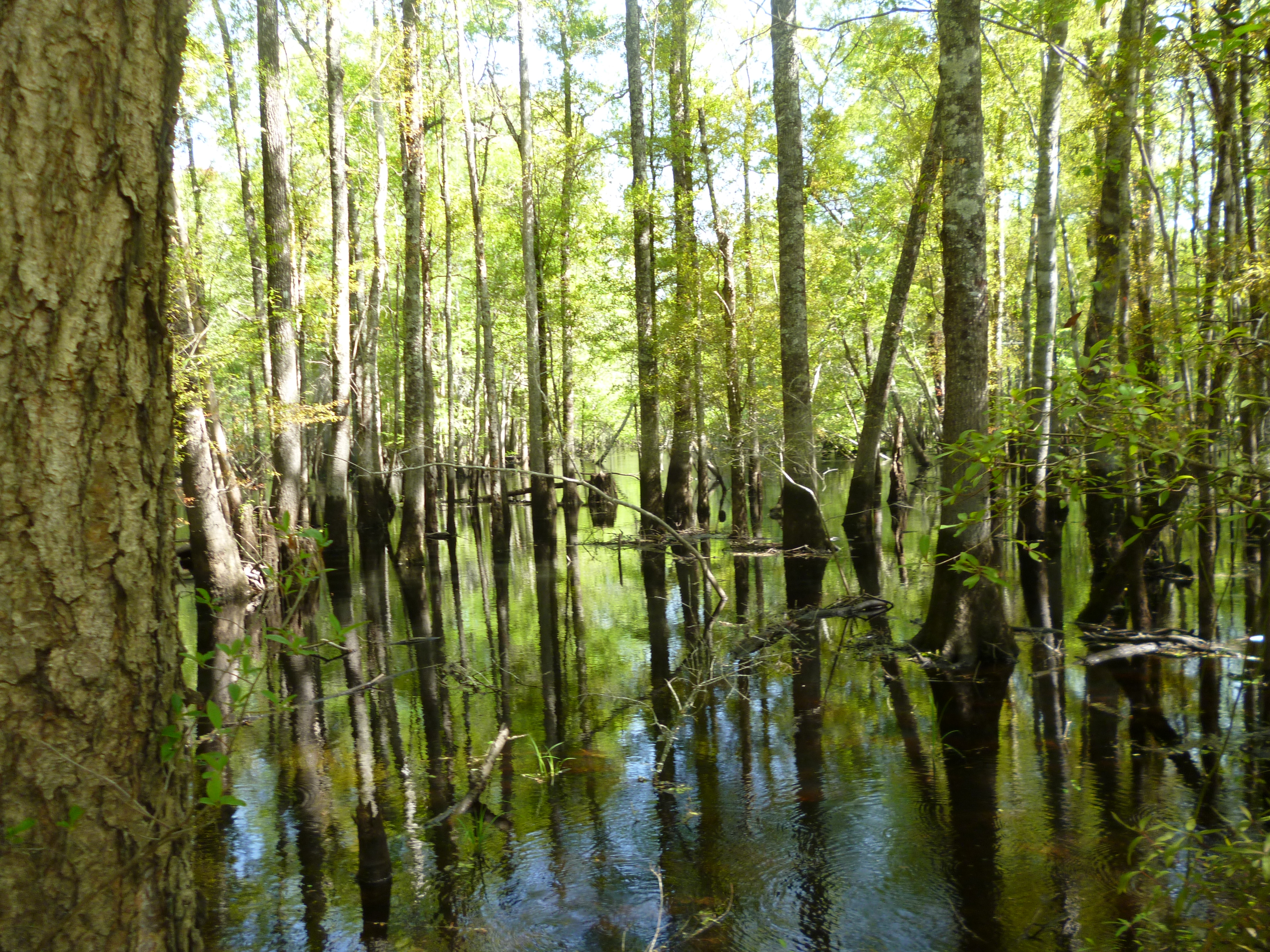
Laying the groundwork
While managing the North Carolina Natural Heritage Program, I organized a series of how-to instructional workshops for people interested in establishing local land trusts. Beginning in the spring of 1989 and over the next several years, the North Carolina Natural Heritage Foundation organized a series of training workshops for beginning land trusts. These assemblies of individuals involved in starting or conceiving new land trusts served to bond together a fraternity of originators of young land trusts with a sense of common purpose and shared alliance.
In the spring of 1991, I was summarily fired by administrators of the North Carolina Department of Environment and Natural Resources, or NCDENR, ostensibly for protesting violations of natural heritage areas conservation agreements by the US Forest Service, ending my 15-year tenure as manager of the State’s Natural Heritage Program. I won my lawsuit against the state for “wrongful dismissal” but by then had moved on in my pursuits. NCDENR is now the state Department of Environmental Quality.
The silver-lining to this episode in my life was that I was provided opportunity and incentive to reinvent myself and to reorganize and reorient the existing North Carolina Natural Heritage Foundation. With concurrence of its board of directors, I was hired in 1991 as the North Carolina Natural Heritage Foundation’s first executive director. We immediately amended our articles of incorporation and renamed the organization to become the Conservation Trust for North Carolina in early 1992.
The Conservation Trust initiated a series of meetings and instructional seminars for what by group consensus was called the North Carolina Land Trusts Network. Actively participating in these foundational dialogues in 1991-92 were representatives from a dozen young local land trusts. This informal network of regional and locally focused land conservancies reached concurrence in 1993 to form the North Carolina Land Trusts Council, which was coordinated by the Conservation Trust.
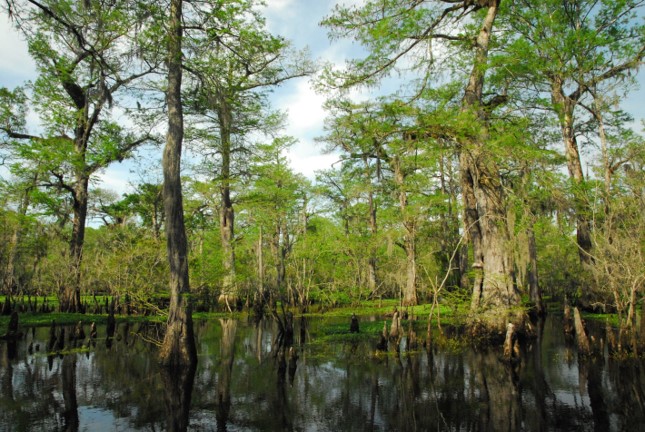
With grants received from Fred Stanback, the Blumenthal family foundation, the Mary Reynolds Babcock Foundation and the Z. Smith Reynolds Foundation, we were ready to grow the Conservation Trust to being the statewide incubator and service center for what we envisioned would become a statewide network of strong, professionally staffed private land trusts. That vision came true.
I assisted Camilla Herlevich in the 1991-93 time period in organizing and establishing the North Carolina Coastal Land Trust, with both of us serving on the boards of directors of our respective organizations. Camilla retired at the end of 2020 with merited accolades for her career as founding director of that successful land trust, which has protected over 80,000 acres in North Carolina’s coastal region.
The Conservation Trust for North Carolina, or CTNC, served as the umbrella information clearinghouse and exchange, and assistance-providing service center for North Carolina’s land trusts. On behalf of that community of land trusts, CTNC moved forward to help educate the North Carolina public and decisionmakers about the growth of the land trust movement.
We explained that land trusts represented and fulfilled the concerns of people across the state who realize they could save important community green, open spaces and natural areas, valued streamways and greenways, wildlife habitats, historic and culturally treasured rural landscapes, public water supply watersheds, urban gardens and waterfronts, hiking and walking and biking trails, scenic vistas, and other important outdoor recreational areas.
We attempted to impress the public that, while national groups including The Nature Conservancy were doing important environmental protection work, North Carolina’s home-grown land trusts who focused at the “grassroots” local level merited their support to save the natural areas, green spaces, and rural landscapes most valued and beneficial to their local communities.
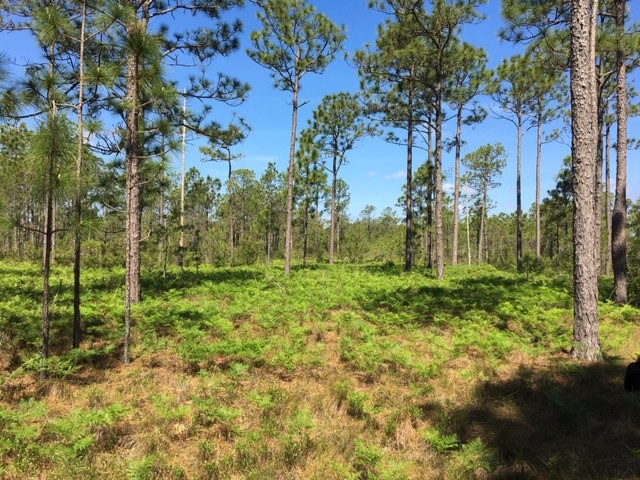
The 10 years from 1984 to 1995 saw the births and burgeoning growth of private land trusts across North Carolina. The most active land trusts have been the following:
- Blue Ridge Conservancy, a merger of two land trusts High Country Land Conservancy and Blue Ridge Rural Land Trust, established 1995, blueridgeconservancy.org.
- Catawba Land Conservancy established 1991, catawbalands.org.
- Conserving Carolina, a merger of two land trusts – Carolina Mountain Land Conservancy, established 1994 and Piedmont Land Conservancy, established 1990, conservingcarolina.org.
- Conservation Trust for North Carolina, established 1984 and reorganized 1992, ctnc.org.
- Eno River Preservation Association, established 1966, enoriver.org.
- Foothills Conservancy of North Carolina, established 1995, foothillsconservancy.org.
- Highlands-Cashiers Land Trust, 1883 derivation, reorganized 1992, hicashlt.org.
- Mainspring Conservation Trust, established 1999 as Nikwasi Land Trust and later named Little Tennessee Land Trust mainspringconserves.org.
- New River Conservancy, established 1974, newriverconservancy.org.
- NC Coastal Land Trust, established 1992, coastallandtrust.org.
- Piedmont Land Conservancy, established 1990, piedmontland.org.
- Southern Appalachian Highlands Conservancy, established 1974, appalachian.org.
- Tar River Conservancy, established 1983, tarriver.org.
- Three Rivers Land Trust, a merger of Land Trust for Central NC, established 1995, and Sandhills Area Land Trust, established 1991, threeriverslandtrust.org.
- Triangle Land Conservancy, established 1983, triangleland.org.
I had the privilege of directing and growing the Conservation Trust for North Carolina for 12 years. During my tenure as its director, the Conservation Trust established and administered programs assisting and advancing the network of private land trusts, including the following:
- Annual assemblies of North Carolina’s land trusts and their allies with ongoing training, seminars, dialogues, information exchange and strengthened collaboration.
- Grant funding to land trusts for protection of streams and clean water, enabled by successive grants to CTNC from the North Carolina Clean Water Management Trust Fund and from other private sources.
- Grant funding to land trusts for farmland conservation from the North Carolina Farmland Preservation Program, for which CTNC secured original funding from the state General Assembly and was contracted by the North Carolina Department of Agriculture to administer in its initial years of operation.
- Direct financial assistance to local land trusts for their organizational development, public outreach, landowner education, land conservation planning, demonstration projects and long-range planning.
- Revolving loan program to land trusts assisting them with initial protection projects transactional costs and to match public funds for land and easement acquisitions.
- A statewide public awareness campaign to build recognition of all land trusts.
- Advocacy and lobbying for more public funding and conducive public policies for land conservation, including the state’s environmental trust funds, the state’s income tax credits to donors of land for conservation, and the One Million Acres Land Protection Land Protection goal.
I was succeeded as CTNC’s executive director in 2002 by Reid Wilson, who went on later to be appointed by Governor Roy Cooper in his first term as deputy director of the NC Department of Natural and Cultural Resources and has been elevated to secretary of that department in the Governor’s second term.
North Carolina’s land trusts have led the way in saving many of our state’s extraordinary environmental assets and natural heritage. I subscribe to the concept, as environmental historian William Cronon well-articulated, “Land trusts are in the business not just of conserving lands, but of conserving the human values those lands embody…. We protect natural areas and open space because they stand for some of our most dearly held values.”
Every one of North Carolina’s land trust has its own creation story and account of its land conservation and community engagement successes. The success stories of each of our state’s land conservation trusts merit to be widely known and recognized.
Next in the series: North Carolina’s million acres protection goal finally achieved by end of 2020.







